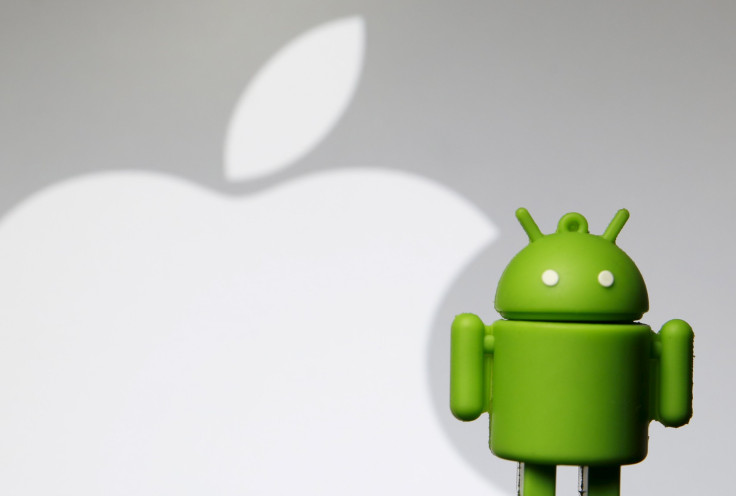Google's Android Pay Gains On Apple Pay In Australia With Bank Tie-Ups

Major Australian banks have agreed to accept payments made by mobile devices through Google’s Android Pay app, giving the search giant a lead on Apple Inc.’s rival mobile payments app Apple Pay. Android Pay services would be rolled out in Australia by the second half of 2016, Google’s product management director Pali Bhat wrote in a blog post Wednesday.
Major banks like Westpac Banking Corp. and ANZ Banking, along with consumer companies like McDonalds Corp. and Dominos, signed up for Android Pay, Google said. More than 60 percent of card transactions in Australia are contactless — the highest in the world, ANZ Banking said in a statement announcing the tie-up.
“Aussies will be able to use Android Pay everywhere contactless payments are accepted,” the Google statement said. “You will also be able to use Android Pay for fast checkout within apps.”
"It's a big bargaining chip for [Australian] banks to use to force a better deal with Apple," Foad Fadaghi, managing director of technology research firm Telsyte, told Reuters.
Apple Pay launched in Australia last month with American Express as its lone partner. However, without support from local banks, the service works only with cards issued directly by Amex. The tech giant failed to convince banks to share profits from the lucrative contactless payment business, which Westpac sees as worth more than $2 billion a year in the country.
Apple is demanding 15 basis points in interchange fees that banks have refused to share, people familiar with such negotiations said, according to Reuters. Android Pay has no such charges, the sources said. Without the support of big banks, Apple’s app cannot be used by about 80 percent of credit card users in Australia.
In the U.S., retail mobile transactions are expected to triple to $27.05 billion in 2016, up from an estimated $8.71 billion this year, eMarketer predicted.
© Copyright IBTimes 2025. All rights reserved.





















